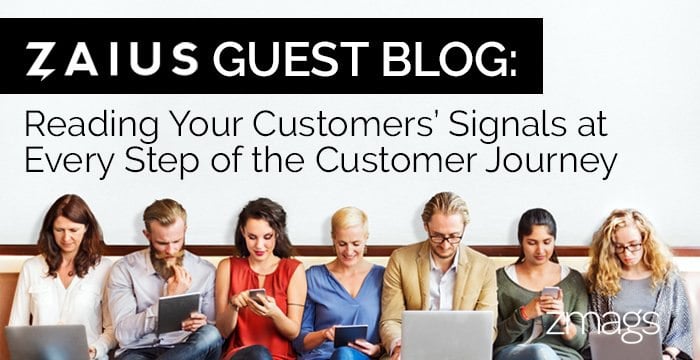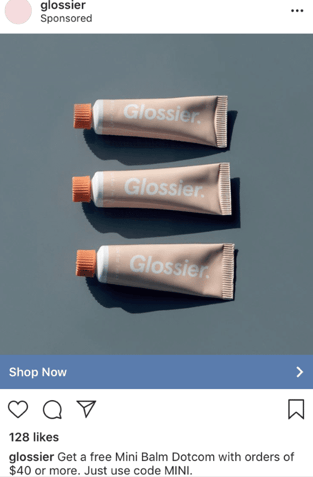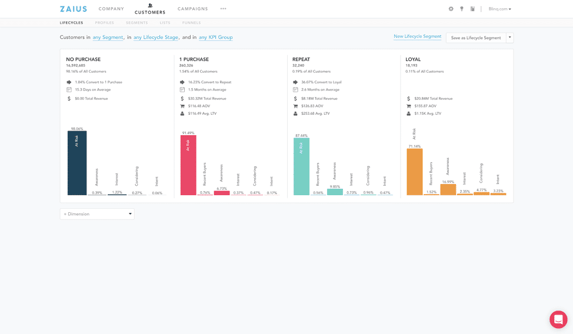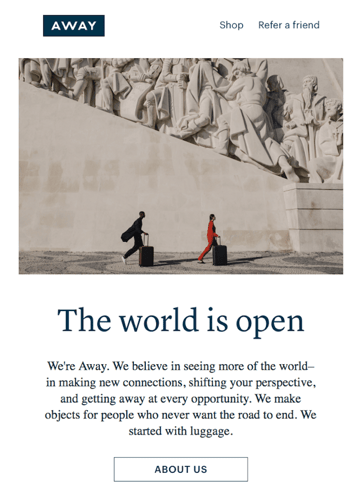Guest Blog - Reading Your Customers’ Signals at Every Step of the Customer Journey


Jessica is an integrated marketing leader specializing in strategic B2B and B2C enterprise solutions.

Rick Kenney
Zaius Vice President of Industry Strategy
You’ve probably been there before. They’re just not that into you. “What could I have done differently?” you ask yourself. “Was it something I said or did? Were they sending me signals that were there all along?” And by “they,” we mean your customers. While some customers leave for good reasons outside your control, sometimes the blame falls at your feet as a marketer. If you had noticed the telltale signs of disinterest, you might have saved a now-lost customer by swooping in at the right moment to convert them back into a happy customer. But before you start being too hard on yourself, remember that you convinced them to buy in the first place—that’s something to be proud of, right? Now the question is this: How can you recreate that magic for your current customers and retain them long-term? By zeroing in on how your customers interact with your brand today, you can deliver targeted campaigns based on what they need and expect from you. Here’s how to understand your buyer’s clear signals and drive impressive results.Depend on your data
Everything you could ever need to know about your customers (well, almost everything) is already in your ecommerce platform, your ESP, your targeted ad results, and other locations spread across your business. If you can unify all of that data into a single source of truth , you’ll start to see patterns and signals in the individual behavior of your customers. Of course, predicting what moves your customers will make next is difficult to do. But data can assist you in understanding how they’re likely to react depending on their past interactions with your brand. Similarly, data can help you predict what kinds of content might resonate with new customers as they get to know your brand. For example, you might discover that Instagram is your most effective channel for acquiring new customers. With that insight in mind, you can create ads that incentivize target customers through that channel. You can expand those data insights even further to optimize for every stage of the customer lifecycle (more on this in a bit). Instead of sending a one-time buyer the same email message as a long-time loyal customer, you can tailor your marketing message based on what part of the customer journey they're in. All of this creates a seamless customer experience thanks to what your data is telling you about customer behavior today.
You can expand those data insights even further to optimize for every stage of the customer lifecycle (more on this in a bit). Instead of sending a one-time buyer the same email message as a long-time loyal customer, you can tailor your marketing message based on what part of the customer journey they're in. All of this creates a seamless customer experience thanks to what your data is telling you about customer behavior today.
Target the channels that matter most
One of the first signs you’re not reading your customers’ signals? You don’t know how or where they’re communicating and shopping with your brand. Do they make most of their purchases thanks to your email marketing, or are they primarily mobile shoppers who prefer to use your app to check out? Marketing attribution will clue you into where and when your customers prefer to buy. For instance, if you’re only using email as a channel to reach out to your customers, you’re missing out on multiple opportunities to contact them. Whether you take advantage of paid ads on social and Google or create push notifications to catch their attention, a tool like a B2C CRM makes it easy to coordinate campaigns across channels (including email, social, and push) to reach your customers.Understand the customer lifecycle
If you aren’t aware of how customers are engaging with your brand, you probably don’t realize which ones are happy and which ones are at-risk. By looking at how your customers communicate with your brand across channels and devices, you can know which customers are about to buy and which ones might be at risk. Ultimately, your customer data should guide how you market throughout the customer lifecycle. Start by creating a segment of at-risk customers who haven’t engaged with your brand in 30 days and automatically send them a winback campaign (you can change the length of time depending on what makes sense for your brand). After that, you can build a segment of one-time, repeat, and loyal buyers to complete the entire lifecycle.
Create content tailored to your buyers
It all comes back to content. Whether you simply want to show off your newest product or convince shoppers to make a second purchase , content holds the power to hook new and existing customers alike. Sure, your product alone might be enough to resonate with buyers. But if your content is unpersuasive, they might become complacent on their way to becoming a loyal customer. The best content not only grabs your customers’ attention, but it also shines a light on how they stand to benefit from your product. With that one-two punch in mind, your audience should feel inspired to take the next action, whether that’s checking out, joining a rewards program, or claiming a discount. Now that you understand the customer lifecycle, map out your content according to these stages, then designate what offer makes sense for each part. For instance, you wouldn’t send an email request to review your product to a user who just created an account. Nor would you target a loyal customer with a welcome campaign that’s awareness-focused. A one-size-fits-all approach won’t get you far when revenue is on the line. No matter which phase of the customer lifecycle you’re creating content for, your goal should always be to encourage customers to achieve the final stage of customer loyalty.
No matter which phase of the customer lifecycle you’re creating content for, your goal should always be to encourage customers to achieve the final stage of customer loyalty.